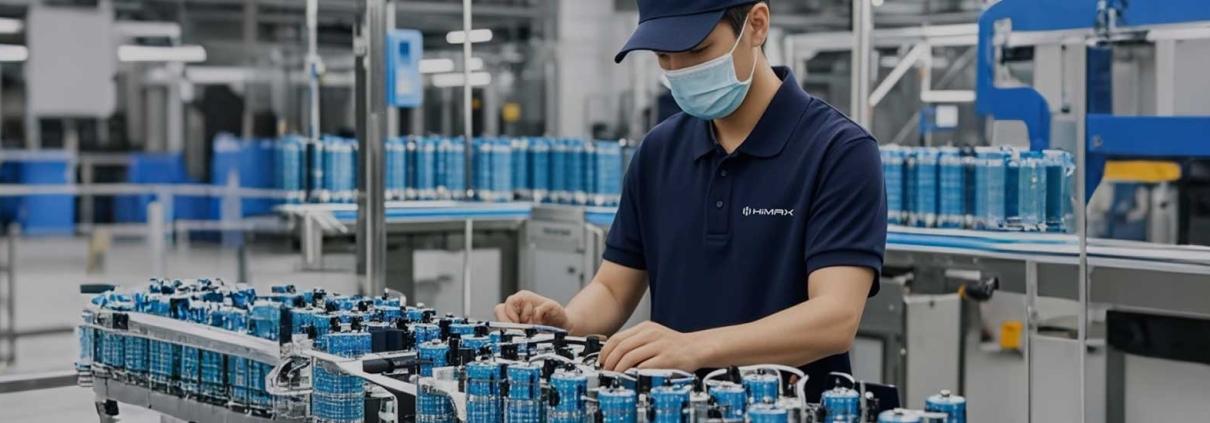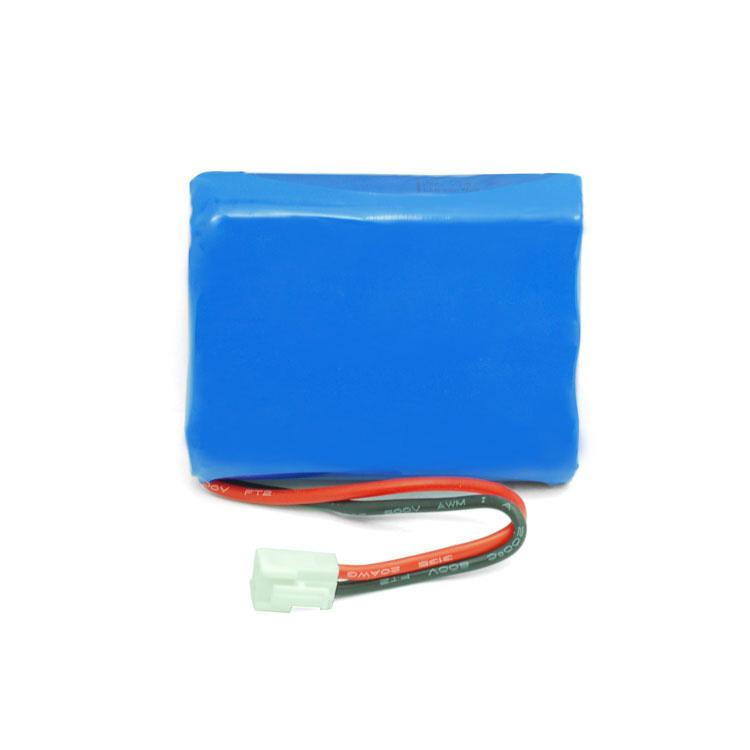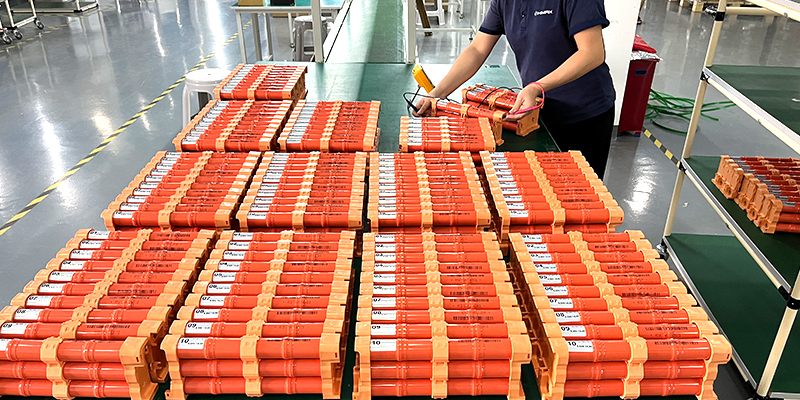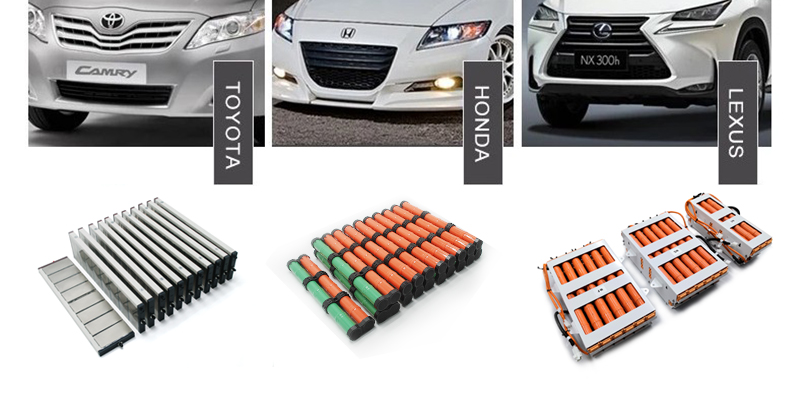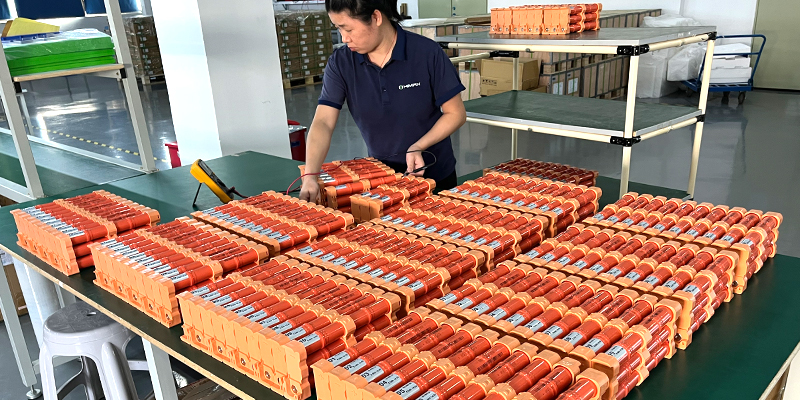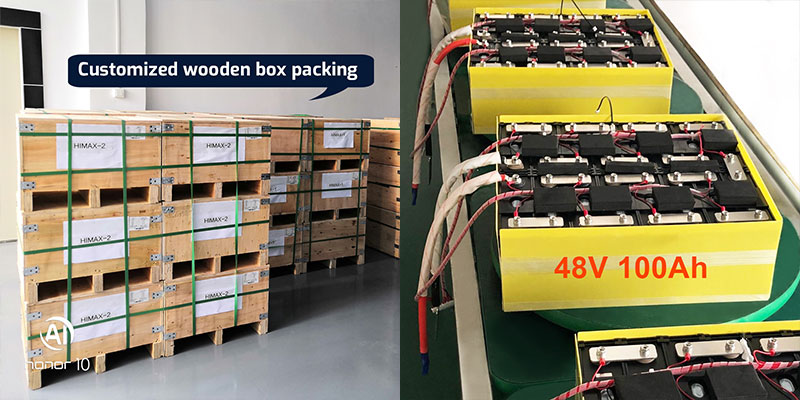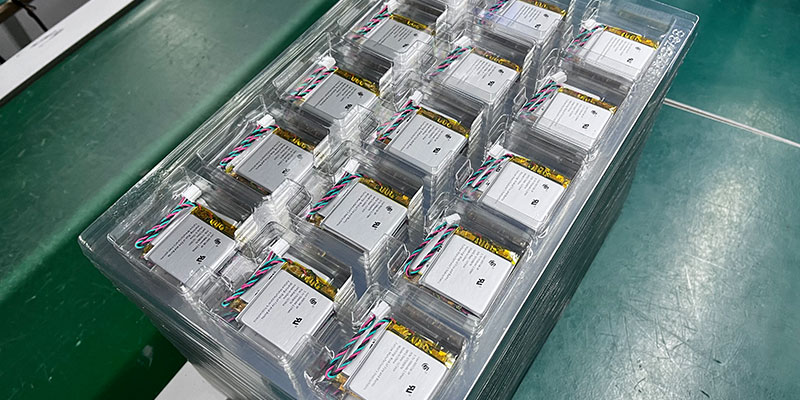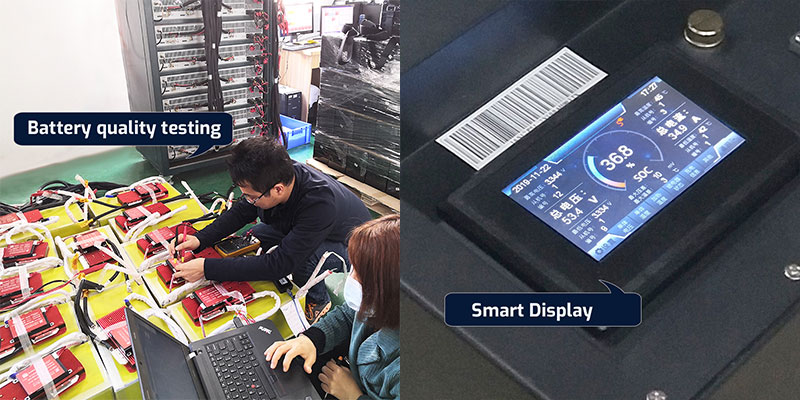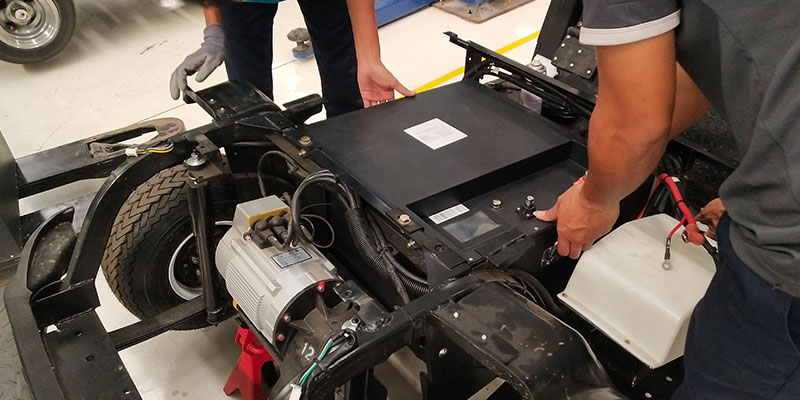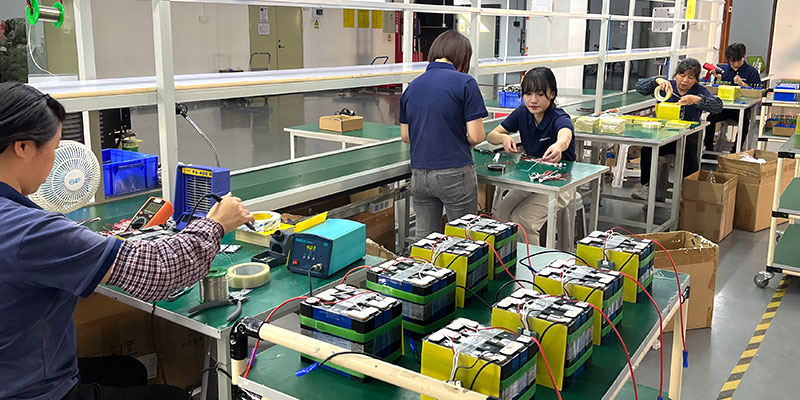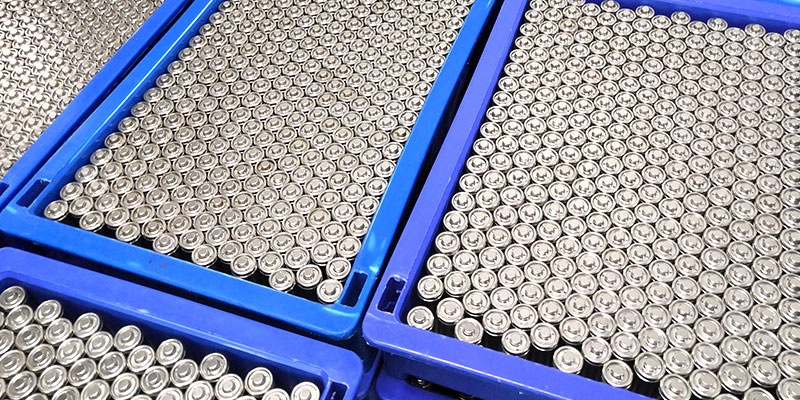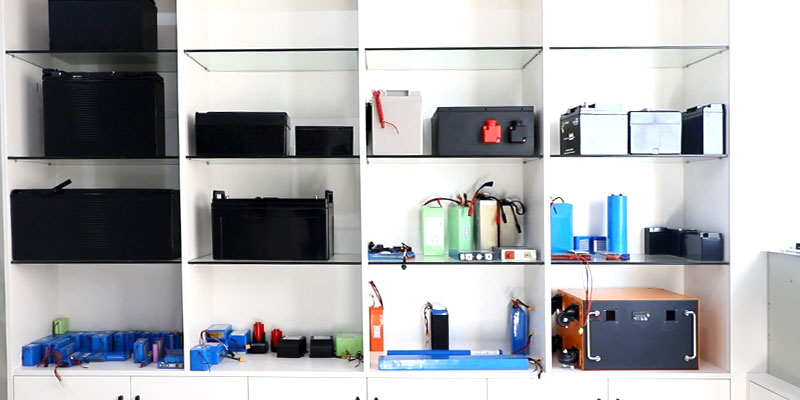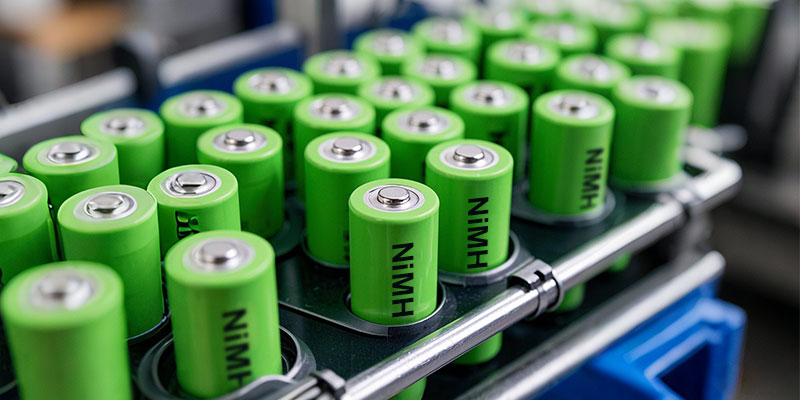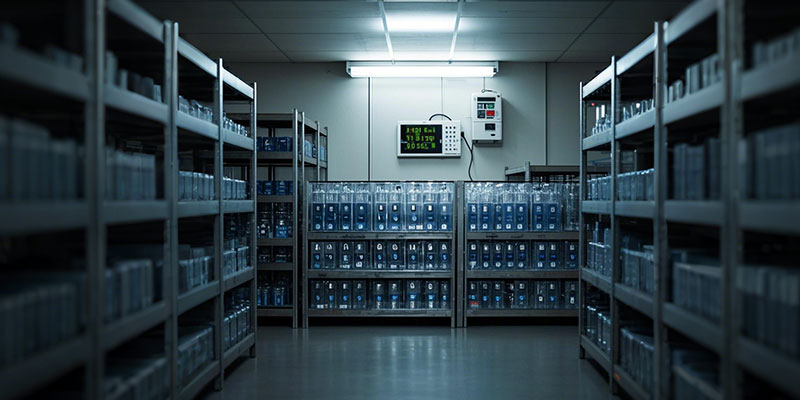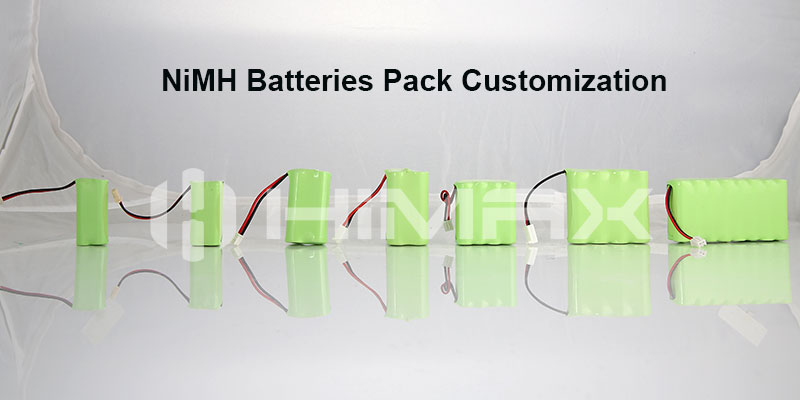When you’re living on the road in an RV, having reliable power is essential. Whether you’re camping in remote areas or enjoying the convenience of a long road trip, your RV’s battery is your lifeline. But with so many battery options available, a common question RV owners ask is: Is a lithium battery worth the investment? Will it really save me money in the long run?
In this article, we’ll explore why RV owners are switching to lithium batteries, the costs involved, and how they can save you money. We’ll also provide guidance on how to choose the right lithium battery for your RV and highlight potential issues to consider. Let’s dive in!
Why Choose Lithium Batteries for Your RV?
Lithium batteries are gaining popularity among RV owners due to several key benefits over traditional lead-acid batteries. Let’s take a closer look at why you should consider switching to a lithium battery for your RV.
Longer Lifespan
One of the most significant advantages of lithium batteries is their longer lifespan. Lithium batteries can typically last 3 to 5 times longer than lead-acid batteries. They can endure many more charge cycles before their performance starts to degrade. While a standard lead-acid battery might only last 3-5 years, a lithium RV battery can last upwards of 10 years or more with proper care.
This longer lifespan reduces the need for frequent battery replacements, saving you money in the long run. Not only will you spend less on replacements, but you’ll also have fewer issues with battery failure during your trips.
Lighter Weight
RV owners know that every pound counts when it comes to weight. The more weight your RV carries, the more fuel it consumes, and the less efficient your travels become. Lithium batteries are significantly lighter than their lead-acid counterparts. A lithium battery can weigh up to 60% less than a lead-acid battery of the same size and capacity.
By reducing the weight of your RV’s battery, you can save on fuel costs over time, making lithium batteries a practical choice for long-term savings. The lighter weight also means you have more available space for other essential items in your RV.
Higher Energy Density
Lithium batteries have a much higher energy density compared to lead-acid batteries. This means that a lithium RV battery can store more energy in the same amount of space. The result is more power for your RV, allowing you to run appliances, lights, and other electronics for longer periods without worrying about draining the battery.
With more energy stored in your battery, you can extend the duration of your trips without the need for frequent recharges, which is especially valuable if you’re heading into remote areas where charging stations are scarce.
The Cost of Lithium Batteries: Worth the Investment?
When you first look at the price of a lithium battery, it’s easy to be put off. Lithium batteries typically cost more upfront than lead-acid batteries. However, the higher initial cost is offset by the long-term benefits. Let’s break down the costs and savings involved.
Initial Investment
Yes, lithium RV batteries are more expensive than lead-acid batteries. Depending on the capacity and brand, a lithium battery can cost anywhere from $1,000 to $3,000, while a lead-acid battery might only cost $100 to $300.
While this may seem like a hefty investment, the durability and efficiency of lithium batteries make them a smarter choice in the long run. A quality lithium RV battery will last much longer and require fewer replacements, meaning the upfront cost will eventually pay off.
Usage Cycle and Maintenance Savings
Lithium batteries require little to no maintenance, unlike lead-acid batteries, which need to be checked regularly for water levels and can suffer from corrosion. This lack of maintenance reduces long-term costs, and the lower number of replacements will save you even more money over time.
Additionally, lithium batteries maintain their charge better over time. They are less prone to voltage drop or “sulfation,” which can significantly reduce a lead-acid battery’s capacity and lifespan. This means fewer trips to the repair shop and fewer emergency replacements.
Long-Term Savings
When you factor in the extended lifespan, lower maintenance costs, and better energy efficiency, the long-term savings of a lithium RV battery are clear. You’ll spend less money on replacements and maintenance while enjoying more reliable power during your travels.
How to Maximize the Benefits of Your Lithium RV Battery
To get the most value from your lithium battery, it’s essential to use it efficiently. Here are some tips for maximizing the benefits of your RV lithium battery:
Power Management Systems
Many RV owners use power management systems (PMS) to monitor and manage the power usage of their lithium battery. These systems help ensure that your battery is never overcharged or discharged beyond its recommended limits.
For example, using a battery monitoring system (BMS) allows you to track the health of your lithium battery and make adjustments when necessary. These systems can also provide real-time data on energy consumption, allowing you to adjust your power use and maximize your battery’s lifespan.
Proper Charging Equipment
When charging your lithium RV battery, always use the recommended charging equipment. Using a charger that is not designed for lithium batteries can damage the battery or lead to inefficient charging. Invest in a quality charger that matches the specifications of your lithium battery to ensure fast and efficient charging.
Solar Power Integration
To extend the life of your RV lithium battery and reduce reliance on external charging sources, consider adding solar panels to your RV setup. Solar power allows you to recharge your battery during the day while you’re parked, meaning you’ll be less likely to run out of power during your travels.
How to Choose the Right Lithium Battery for Your RV
Choosing the right lithium battery for your RV depends on your specific needs. Here are some factors to consider when selecting an RV lithium battery:
Battery Capacity
One of the most important factors to consider is the battery capacity. Lithium RV batteries come in various sizes, and the capacity is typically measured in amp-hours (Ah). The higher the amp-hour rating, the more energy the battery can store, and the longer your RV can run on a single charge.
When choosing a battery, consider how much energy your RV uses on a daily basis. Think about the appliances and devices you’ll need to power and choose a battery that provides enough capacity to meet your needs.
Battery Brand and Quality
Not all lithium RV batteries are created equal. It’s essential to select a high-quality battery from a reputable manufacturer. Look for brands that offer warranties, excellent customer service, and positive reviews from other RV owners. Quality lithium batteries offer better performance, greater reliability, and longer lifespans.
Charging System Compatibility
When selecting a lithium battery, make sure it’s compatible with your RV’s charging system. Different charging systems work better with certain batteries, so it’s important to match your charging equipment to the battery you choose. This ensures that the battery is charged efficiently and safely.
Potential Issues to Be Aware of When Choosing an RV Lithium Battery
While lithium batteries offer many benefits, there are some potential issues to be aware of when installing them in your RV.
Temperature Sensitivity
Lithium batteries are sensitive to temperature extremes. Extremely cold or hot temperatures can affect the performance and lifespan of your lithium RV battery. Be mindful of the climate in which you’ll be traveling, and take steps to protect your battery from extreme temperatures.
Charging Infrastructure
Not all campgrounds or remote areas have access to lithium battery charging infrastructure. Before heading out on a long trip, research where you’ll be able to recharge your battery. Consider investing in a solar panel system or portable charging stations to ensure you’re always able to recharge your RV lithium battery.
Installation and Maintenance
Installing and maintaining a lithium RV battery requires some technical knowledge. If you’re unsure about installation or maintenance, it’s best to consult a professional. Improper installation can lead to performance issues or damage to the battery.
Conclusion: Is a Lithium Battery Worth It for Your RV?
In conclusion, switching to a lithium battery for your RV is a smart choice if you’re looking for long-term savings, better performance, and increased reliability. Despite the higher initial cost, the benefits of a lithium RV battery far outweigh those of traditional lead-acid batteries. With proper usage, maintenance, and care, your lithium battery can save you money and improve your RV experience.
Why Choose Himax Electronics for Your RV Lithium Battery?
Himax Electronics offers high-quality lithium battery solutions for RV owners. With years of experience in the industry and a reputation for reliability, Himax’s lithium batteries provide excellent performance, long lifespans, and efficient energy storage. Whether you need a small capacity battery for light usage or a high-capacity battery for extended off-grid trips, Himax Electronics has the right solution for you.
By choosing a Himax RV lithium battery, you can be confident that you’re getting a top-quality product that will enhance your RV experience and help you save money in the long run.
If you’d like more detailed product information or guidance on selecting the perfect RV lithium battery, feel free to visit
Himax Electronics or contact our team for personalized advice!



